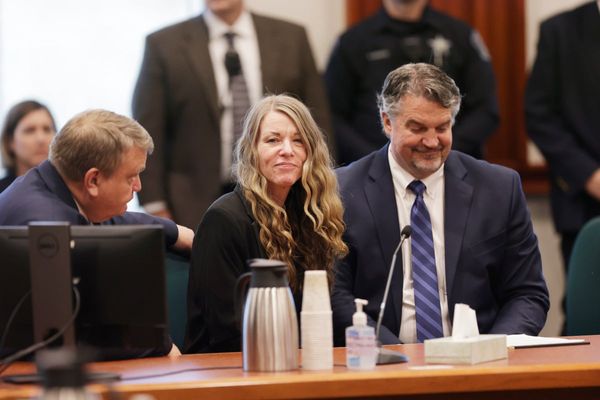A rare surviving Enigma machine that almost undid the heroic efforts of the Bletchley Park codebreakers in World War Two is tipped to sell for £100,000. The German machines had three rotors, each with 26 positions, to create 17,576 possible combinations for each letter.
It was used by the Nazis to code and decode secret messages which were considered 'unbreakable' until British mathematicians led by Alan Turing were famously able to decipher it in 1942. In response to this alarming development, the German Luftwaffe issued an 'update'.
They introduced a field rewirable reflector, called the UKW-D, to the machine, making their messages even more secure and threatening to outpace Turing's breakthrough. But the UKW-D was not invented until 1944, meaning it was not widely distributed before the war's end and failed to turn the tide in Germany's favour.
Surviving models of the updated type-1 machines with the UKW-D are exceptionally rare as relatively few were ever produced and most were destroyed to stop them falling into enemy hands. One of them has emerged after 77 years and is expected to trigger a bidding war when it comes to auction at Bonhams in Knightsbridge, London.
The 11ins by 6ins machine, originally built in 1938, comes in its original stained oak box with keys, a reversal rotor and its original instructions. It is one of only 250 Enigma machines known to still exist. After the war, the model on sale continued to be used by Norwegian secret police.
Joseph Robson, a specialist at Bonhams, said: "The Enigma D reflector (Umkehrwalze D) in the Enigma machine is of particular importance. It is a field re-wirable reflector introduced by the Luftwaffe as a means to improve the cipher security of the Enigma.
"It was first observed on January 2, 1944 in Norwegian traffic. As the UKW-D was not distributed very widely and introduced late into the war, it is very rare. This factor also stopped it from causing as significant a headache for Allied code break.
"One of the greatest design benefits of the Enigma machine was that its mechanical components were interchangeable between models. The later, more advanced 'D' reflector could be inserted into an earlier Enigma model, as the case with the 1938 machine in this auction.
"It is unknown exactly how many enigma machines were made, but we know that relatively few survived the war. Rather than have the machines fall into enemy hands, commanders were ordered to destroy these secret machines upon retreat, and documents pertaining to their manufacture were burned or in many cases simply lost.
"On top of this, Churchill announced that he had ordered all Enigma machines to be destroyed at the end of the war. Only a few hundred Enigma machines are known to have survived to this day, in private collections or public institutions. It is therefore a rare and significant occasion to be able to offer one at auction."
The Enigma machine will be sold on September 28.







